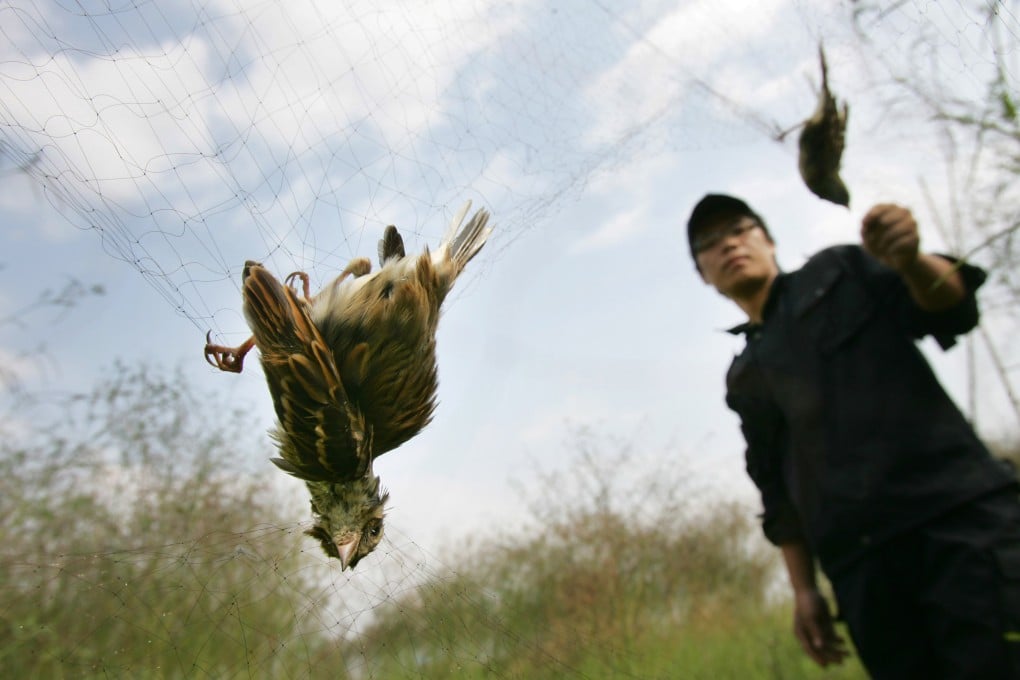Yellow-breasted bunting 'endangered' as Guangdong diners refuse to stop eating it
It's a delicacy sold for a few dozen yuan amid hushed tones in certain markets and restaurants in Guangdong province. Sellers turn away customers who do not speak the local dialect - anyone caught can be fined as much as 100,000 yuan (HK$126,400).

It's a delicacy sold for a few dozen yuan amid hushed tones in certain markets and restaurants in Guangdong province. Sellers turn away customers who do not speak the local dialect - anyone caught can be fined as much as 100,000 yuan (HK$126,400).
Despite the threat of penalties, the market for yellow-breasted bunting, a migratory bird that flies from Europe to China for the winter, thrives on the mainland. Conservationists say poaching to supply the demand is a leading cause of the sharp decline in the protected species' numbers over the past decade.
The bird was today listed as endangered by the main global body that categorises the survival status of the planet's species, the International Union for Conservation of Nature. The union has two higher categories - critical and extinct in the wild - before a species is deemed extinct.
Guangdong made the bird a key protected species in 2001 - at a time when the union had it listed in its lowest category of "least concern".
But its numbers appear to have fallen rapidly. Experts are unsure exactly how many are left, but BirdLife International, a conservation group headquartered in Britain, has cited one study published in 2009 that estimates there were no more than about 10,000 migrating in China every season.
Another study published last year estimated the species' numbers had dropped by at least 70 per cent in European Russia in the decade to 2010.
Often known as "rice birds", the yellow-breasted bunting is a popular delicacy in southern China, especially Guangdong, where locals believe eating the animal can boost their sexual vitality and detoxify their bodies.